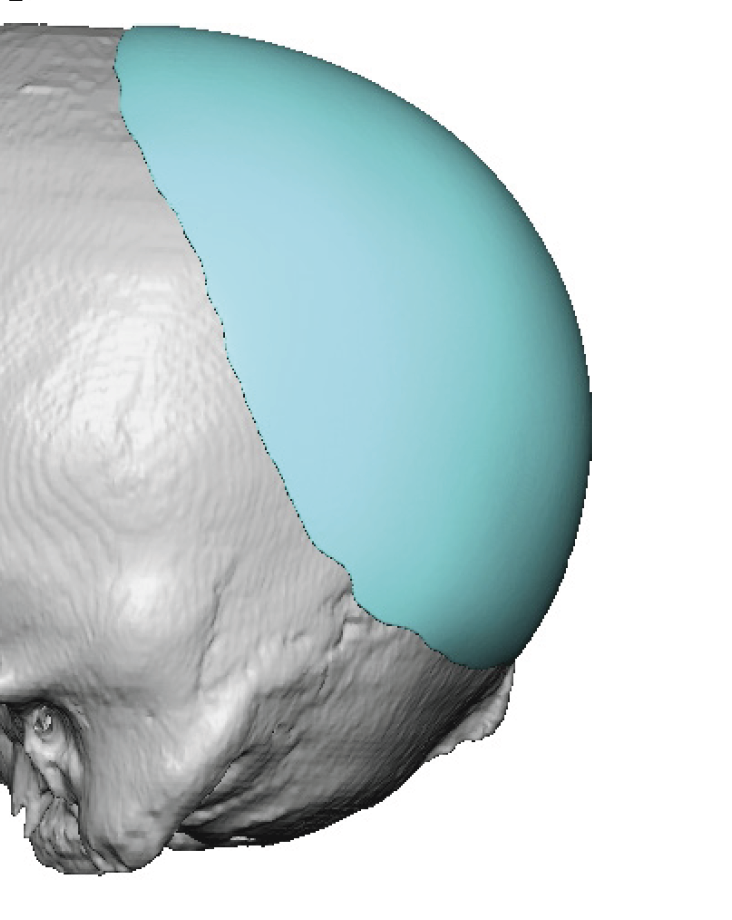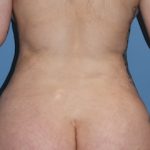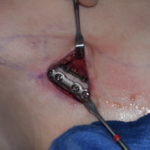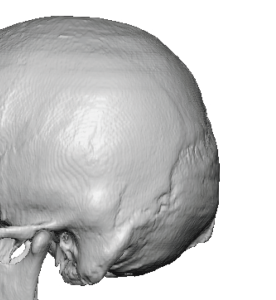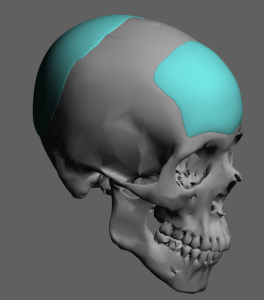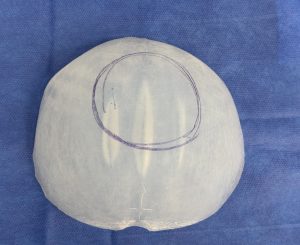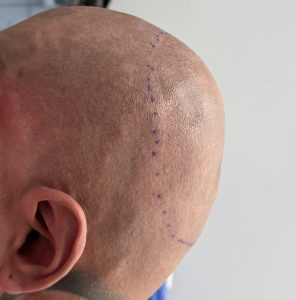Background: The back of the head is the most common area for elective aesthetic skull augmentation. For a variety of reasons the back of the head is prone to lack of projection, asymmetries and bony irregularities. These issues are particularly apparent in men due to short hair, no hair or a shaved head. As a result the custom skull implant has become the go to procedure for the improvement in the shape of the back of the head. Its predetermined shape creation and the ability to be placed through relatively small scalp incisions makes for superior aesthetic results.
Back of head skull augmentation is usually done as an isolated skull reshaping procedure. There are numerous indications, however, when it may be done as a part of a composite or multi-surface contouring procedure. One such indication is in sagittal or front to back skull lengthening. In this indication the patient has both forehead and occipital-parietal flattening. (lack of rounded projection) Thus augmenting both simultaneously provides an over-all head shape change.
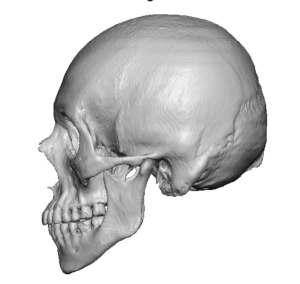
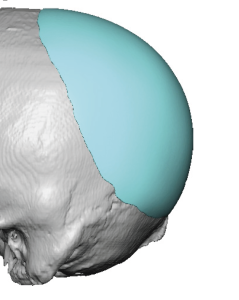
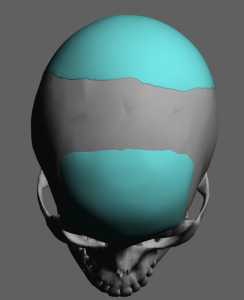
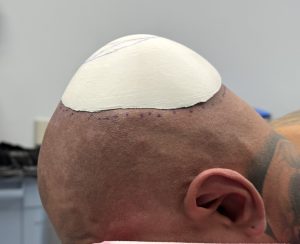
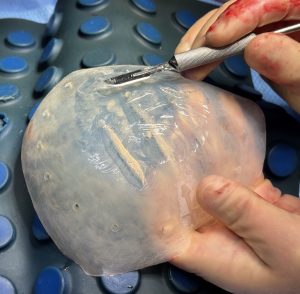
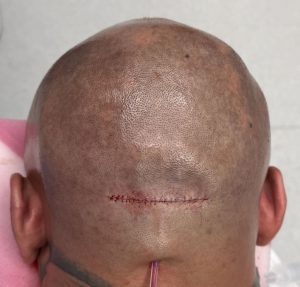
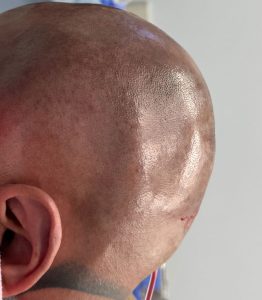
In a two implant skull augmentation procedure it often requires two different patient positions in surgery. In this case the prone position for the back of the head implant is initially used and then the patient is turned to the supine position for the forehead implant.
Key Points:
1) Back of the head augmentation can be done in conjunction with forehead augmentation to change the shape/length of the head in profile.
2) A custom skull implant for the back of the head may occasionally need a small superior counter incision for proper unfolding during placement.
3) Some limited modification of a custom skull implant can be done during surgery if its projection is felt to be excessive.
Dr. Barry Eppley
World-Renowned Plastic Surgeon

